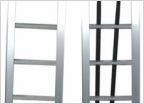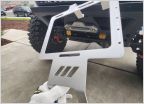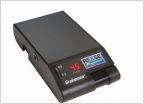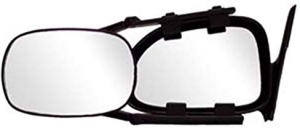-
Welcome to Tacoma World!
You are currently viewing as a guest! To get full-access, you need to register for a FREE account.
As a registered member, you’ll be able to:- Participate in all Tacoma discussion topics
- Communicate privately with other Tacoma owners from around the world
- Post your own photos in our Members Gallery
- Access all special features of the site
Suspension bouncy after 'failed' Firestone Ride-Rite installation
Discussion in 'Towing' started by kencraw, Oct 7, 2024.


 Loading ramps
Loading ramps Transmission cooler suggestions
Transmission cooler suggestions The Tacoma Towing Bible
The Tacoma Towing Bible Occasional Towing - Suspension Upgrades
Occasional Towing - Suspension Upgrades Should I buy a Brake Controller for Ocassional Towing?
Should I buy a Brake Controller for Ocassional Towing? Tow-N-See Mirrors
Tow-N-See Mirrors













































































